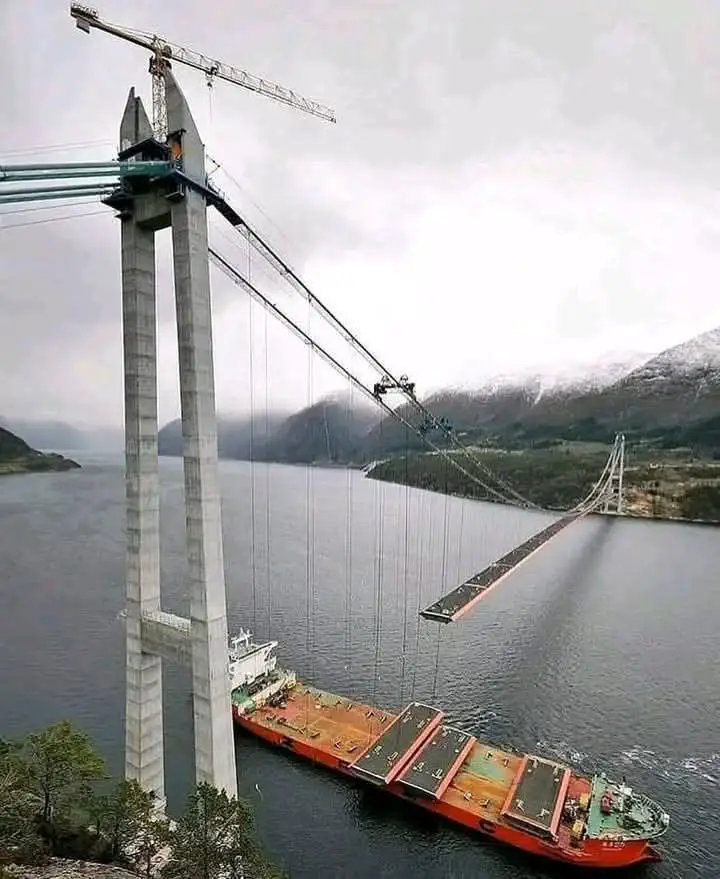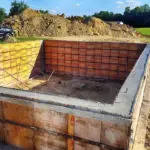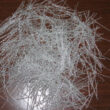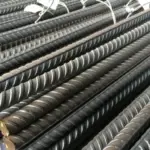Suspension bridges are marvels of modern engineering, capable of spanning vast distances while supporting heavy loads. They are often used to cross large bodies of water, deep valleys, or busy urban areas. These bridges rely on strong cables, anchored at both ends, to support the deck and distribute weight efficiently. But how exactly are they built? This article provides a detailed step-by-step guide on the construction process of a suspension bridge.

1. Planning and Site Preparation
Before construction begins, engineers conduct extensive research to determine the best location for the bridge. Factors such as soil stability, water currents, wind speeds, and seismic activity are analyzed.
Key Steps in Planning:
- Geotechnical surveys: Soil and rock samples are tested to determine the ground’s load-bearing capacity.
- Environmental impact assessment: Engineers ensure minimal disruption to the ecosystem.
- Design finalization: Computer simulations and 3D models are used to refine the bridge’s structural integrity.
Once the site is deemed suitable, preparation work begins by clearing the area, setting up access roads, and transporting materials.
2. Constructing the Foundations and Anchorages
The foundations and anchorages are crucial components that bear the entire load of the bridge.
Foundation Construction:
- Deep concrete or steel piles are driven into the ground or seabed to provide a solid base for the main towers.
- If the bridge is built over water, temporary cofferdams may be used to drain sections for underwater construction.
Anchorage Construction:
- Massive concrete blocks or rock formations are used to secure the main cables at both ends of the bridge.
- These anchorages must be incredibly strong to handle the immense tension from the cables.
3. Building the Main Towers
The main towers are the tallest parts of a suspension bridge, supporting the main cables and transferring weight to the foundations.
Steps to Build the Towers:
- Tower bases are constructed on the foundations.
- Steel or concrete sections are assembled using cranes, often working from the bottom up.
- Towers are reinforced with internal frameworks to handle lateral forces such as wind and earthquakes.
Once completed, the towers can rise hundreds of feet into the air, forming the backbone of the suspension system.
4. Installing the Main Cables
The main cables are the defining feature of a suspension bridge, carrying the weight of the deck and transferring it to the towers and anchorages.
How the Cables Are Installed:
- Cable spinning: Thousands of individual steel wires are pulled across the towers and bundled together to form the main cables.
- Cable saddles: Special supports on top of the towers guide the cables and allow slight movement to accommodate load shifts.
- Suspender cables attachment: Smaller vertical cables are hung from the main cables, eventually supporting the deck.
These cables must be precisely tensioned to ensure the bridge remains stable under different loads.
Like Us on Facebook!
5. Constructing the Bridge Deck
The deck is the portion of the bridge where vehicles and pedestrians travel. It is typically built in sections and lifted into place.
Subscribe Us on YouTube!
Deck Installation Process:
- Pre-fabricated deck segments are transported to the site.
- Suspender cables are adjusted to hold the weight of the deck panels.
- Deck sections are connected using steel bolts and welding.
- Final alignment adjustments ensure smooth transitions between segments.
Modern suspension bridges often use lightweight steel or reinforced concrete decks to balance strength and flexibility.
6. Adding Reinforcements and Final Touches
Once the deck is in place, additional reinforcements are added to improve stability and longevity.
Final Construction Steps:
- Wind bracing: To prevent excessive swaying, engineers install diagonal braces and aerodynamic fairings.
- Expansion joints: These allow the bridge to expand and contract with temperature changes.
- Pavement and road markings: Asphalt or concrete layers are applied for vehicle lanes.
- Lighting and safety barriers: Streetlights, guardrails, and pedestrian walkways are installed.
7. Testing and Opening the Bridge
Before the bridge opens to the public, engineers conduct thorough testing to ensure its safety and durability.
Types of Tests Conducted:
- Load testing: Heavy trucks or weighted platforms simulate real-world conditions.
- Wind tunnel testing: Evaluates how the bridge responds to high winds.
- Seismic testing: Simulates earthquake conditions to ensure structural integrity.
Once all tests are passed, the bridge is officially opened for use, often with an inaugural ceremony.
Conclusion
Building a suspension bridge is a complex, multi-year process that requires precise engineering and expert craftsmanship. From designing and anchoring massive cables to lifting deck sections into place, every step is essential to ensuring a safe and durable structure. These bridges are not just feats of engineering—they are vital infrastructure that connects people and cities, often standing strong for centuries.






















